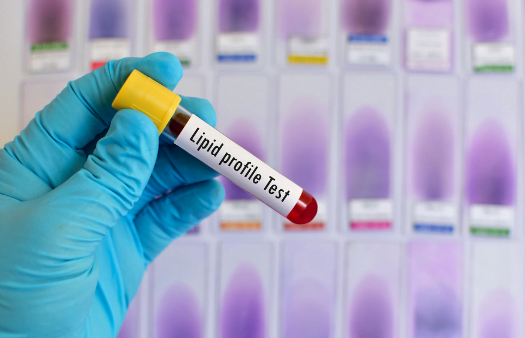Phospholipid Content Testing in Fish Liver
The phospholipid content testing of fish liver is a critical procedure within the clinical and healthcare sector. Phospholipids, being integral components of cell membranes, play an essential role in maintaining cellular integrity and function. In fish livers, these compounds are not only crucial for physiological processes but also serve as key constituents in dietary supplements aimed at supporting cardiovascular health.
The testing process involves a series of steps that ensure the accurate determination of phospholipid content. Initial sample preparation is vital; this includes homogenization and extraction to isolate the target components from the matrix. The extracted lipids are then subjected to purification processes, ensuring minimal interference from other lipid classes or contaminants.
The selected analytical technique for phospholipid quantification typically involves chromatography methods such as high-performance liquid chromatography (HPLC) coupled with mass spectrometry (MS). This approach allows for the precise identification and quantitation of various phospholipid species. The precision and accuracy of this method are further enhanced through calibration standards prepared according to international guidelines.
The importance of this test extends beyond mere quantitative analysis; it also aids in understanding the nutritional value of fish liver oil supplements, which are widely used for their potential health benefits. By ensuring consistent phospholipid content across batches, manufacturers can maintain product quality and efficacy. Regulatory compliance is paramount, with standards set by organizations like the United States Pharmacopeia (USP) and European Pharmacopoeia providing benchmarks.
The testing process also involves rigorous quality control measures to ensure reliability. This includes inter-laboratory comparisons using certified reference materials and validation studies conducted under various conditions. These steps are crucial for establishing confidence in the test results, which can influence both regulatory approval processes and consumer trust.
Understanding the phospholipid profile of fish livers is essential not only for supplement manufacturers but also for researchers studying lipid metabolism and its impact on cardiovascular health. The data generated from this testing can contribute to a deeper understanding of how these compounds function within biological systems, potentially leading to new therapeutic approaches or dietary recommendations.
To summarize, phospholipid content testing in fish liver is a sophisticated yet vital procedure that combines precision with regulatory compliance. It serves multiple purposes, including quality assurance for supplements, research into lipid metabolism, and ensuring consistent product performance across different batches. By adhering to established protocols and standards, laboratories can provide reliable data that contributes significantly to the healthcare sector.
Scope and Methodology
| Step | Description |
|---|---|
| Sample Preparation | Homogenization of liver samples followed by extraction using appropriate solvents. |
| Purification | Cleanup steps to remove non-phospholipid components, ensuring purity for analysis. |
| Analytical Technique | HPLC-MS for identification and quantification of phospholipids. |
| Calibration | Use of certified standards to calibrate the analytical instruments accurately. |
| Data Analysis | Statistical analysis of chromatographic data using software tools. |
| Parameter | Description |
|---|---|
| Lipid Class Identification | Determination of specific phospholipid species present in the sample. |
| Purity Level | Evaluation of impurities and contaminants to ensure high purity. |
| Quantification Accuracy | Achieving precise measurements within acceptable error margins. |
| Method Validation | Validation under various conditions to ensure consistent results. |
Why Choose This Test
- Ensures high-quality, consistent products for dietary supplements.
- Aids in regulatory compliance with international standards.
- Supports research into lipid metabolism and its health implications.
- Contributes to the development of new therapeutic approaches and dietary recommendations.
The phospholipid content test is essential because it guarantees that fish liver oil supplements contain the correct amounts of beneficial phospholipids. This ensures not only product quality but also supports public health by providing reliable nutritional information. Regulatory bodies rely on accurate test results to approve these products, and consumers trust them as a source of safe, effective dietary supplements.
Research conducted using data from this test can lead to better understanding of lipid metabolism in various biological systems. This knowledge is vital for developing new treatments for cardiovascular diseases and other conditions influenced by lipid levels. By choosing this test, laboratories play a crucial role in advancing healthcare and ensuring product reliability.





